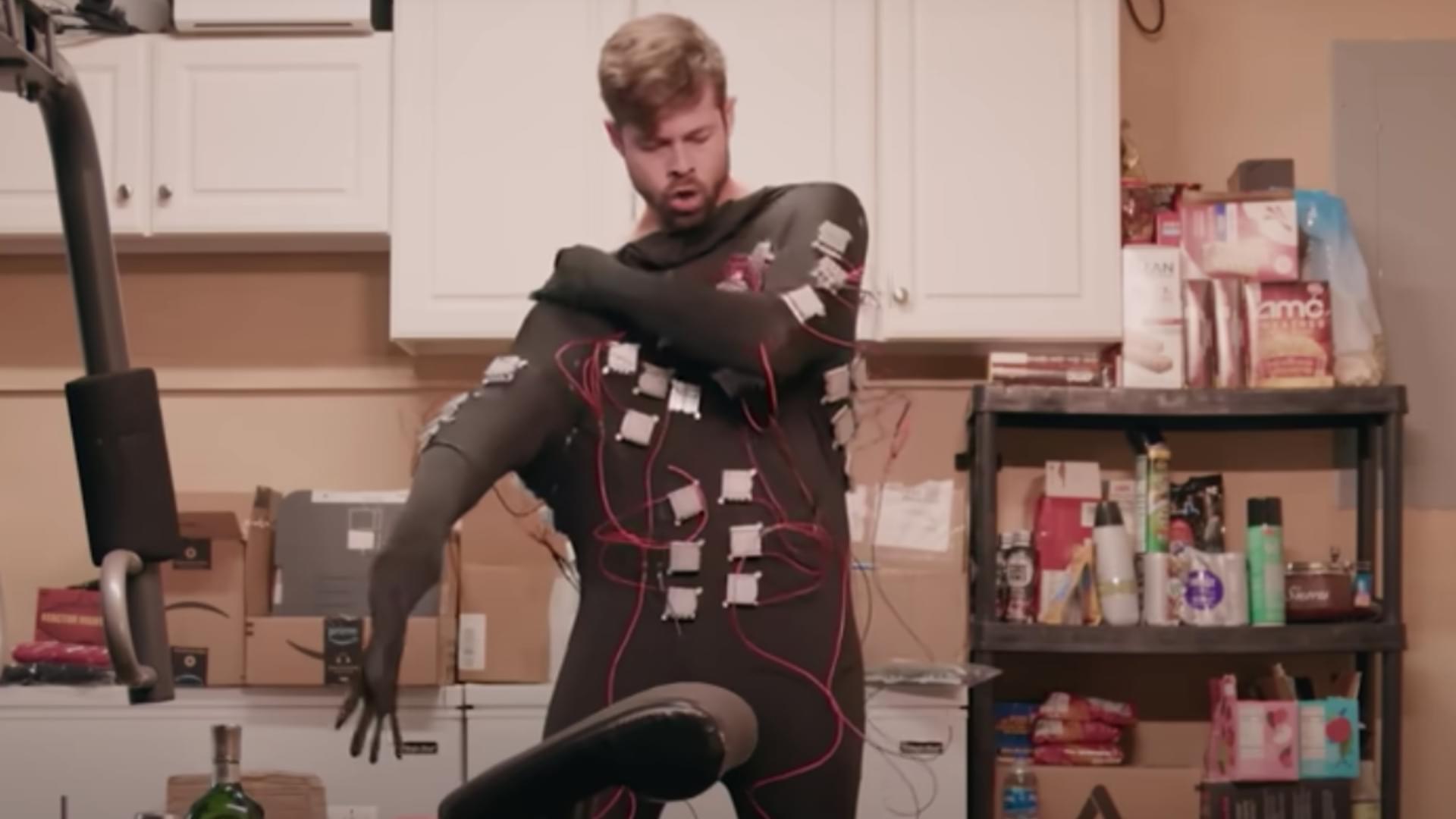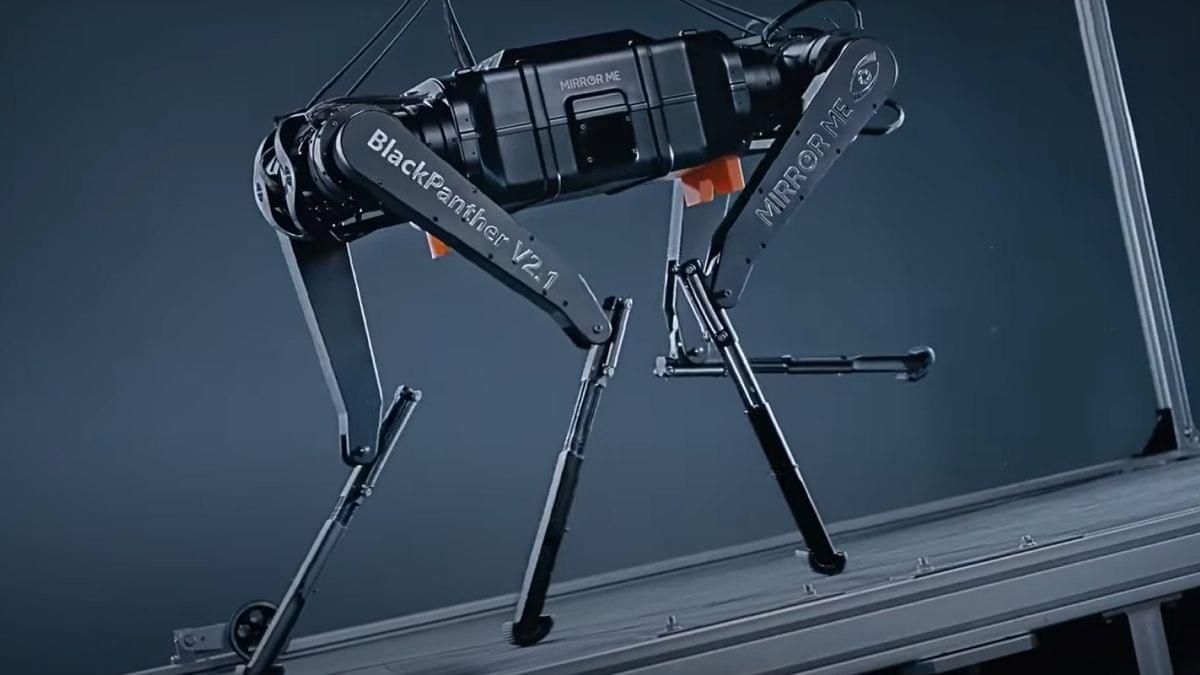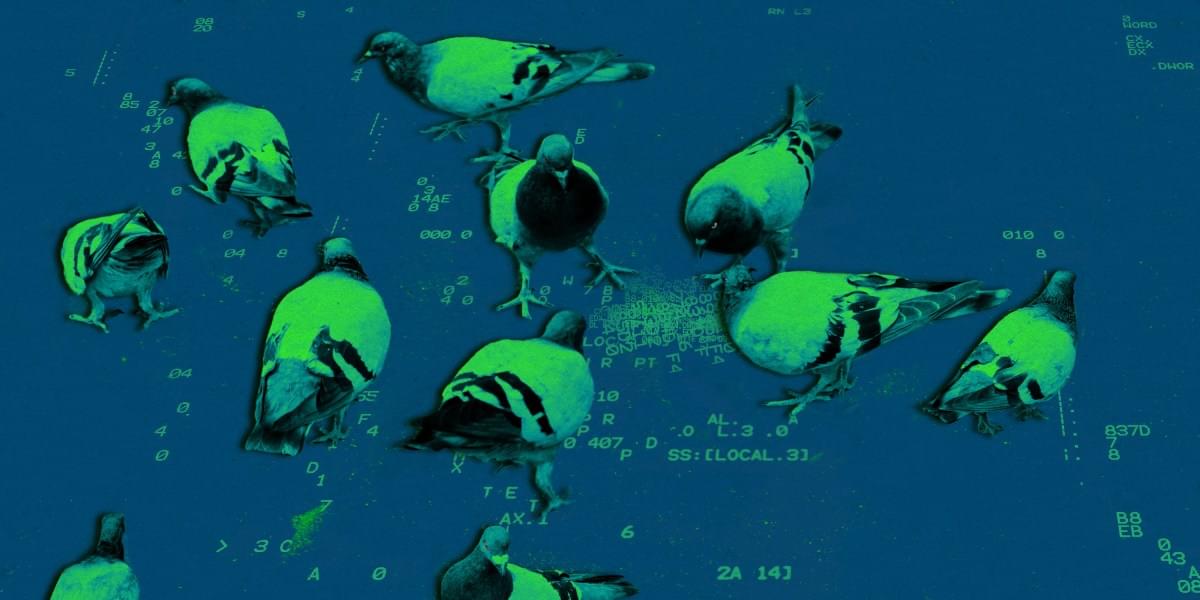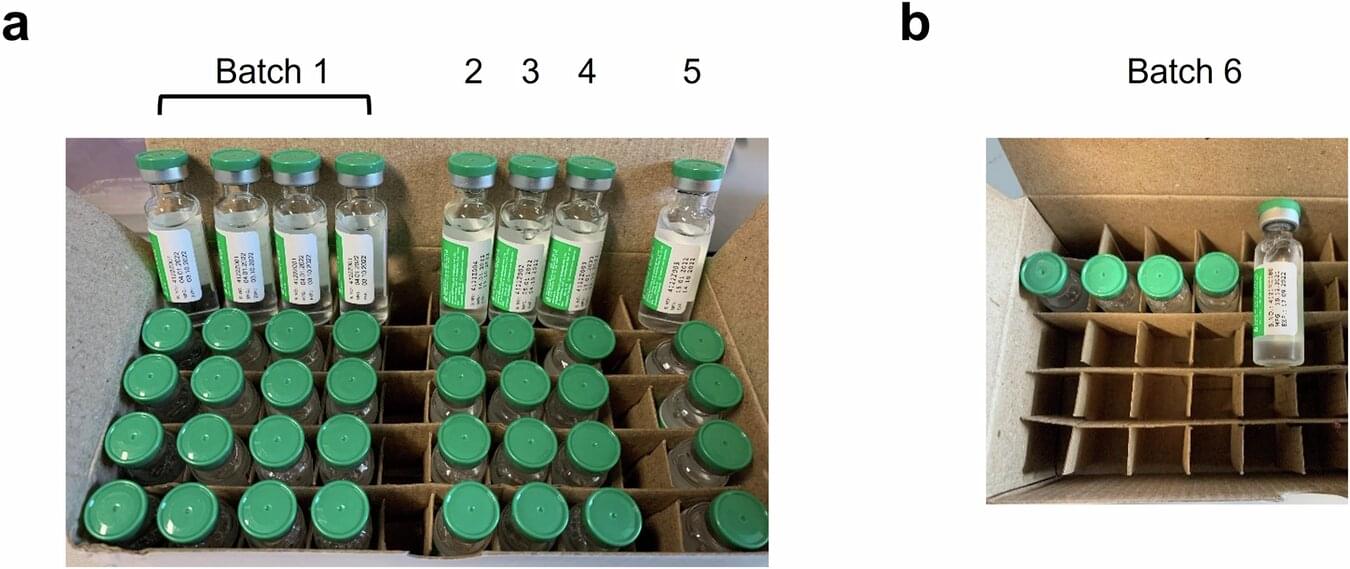
In today’s AI news, When rivals take a different approach and succeed, it sometimes pays to change course. This is what Sam Altman said OpenAI will do, according to a Reddit AMA session on Friday. Altman was asked about DeepSeek, which has taken the tech world by storm after rolling out top-performing AI models that are relatively cheap to use.
Then, Andreessen Horowitz general partner and Mistral board member Anjney “Anj” Midha first spied DeepSeek’s jaw-dropping performance six months ago. That’s when DeepSeek introduced Coder V2, which rivaled OpenAI’s GPT4-Turbo for coding-specific tasks, according to a paper it released last year.
S V3 and R1 models. These efforts “achieved significant bypass rates, with little to no specialized knowledge or expertise being necessary.” ‘ + And, MLCommons, a nonprofit AI safety working group, has teamed up with AI dev platform Hugging Face to release one of the world’s largest collections of public domain voice recordings for AI research. The dataset, called Unsupervised People’s Speech, contains more than a million hours of audio spanning at least 89 languages.
In videos, in this episode of “How To Build The Future,” YC President and CEO Garry Tan sits down with Bob to discuss the lessons learned from his time at OpenAI, scaling laws, his advice for startups, and what all of this means for the jobs of the future.
Then, “Maybe I Got Carried Away” is an experimental short film that fuses playful visuals with a surreal narrative. It was created by [@panaviscope](https://www.youtube.com/@panaviscope) using Sora generated shots. The story follows a protagonist who begins releasing vibrant balloons into the sky as a personal act of rebellion against her city’s monotony.









